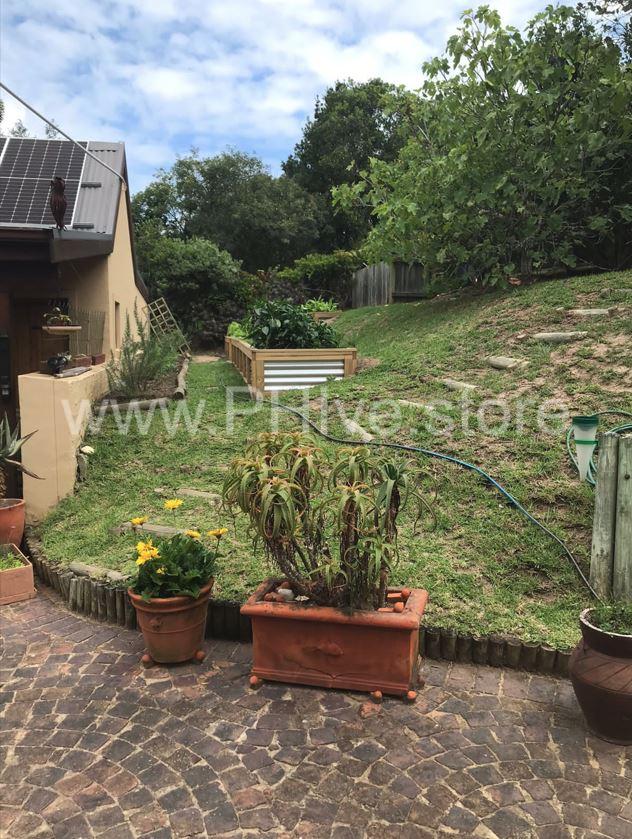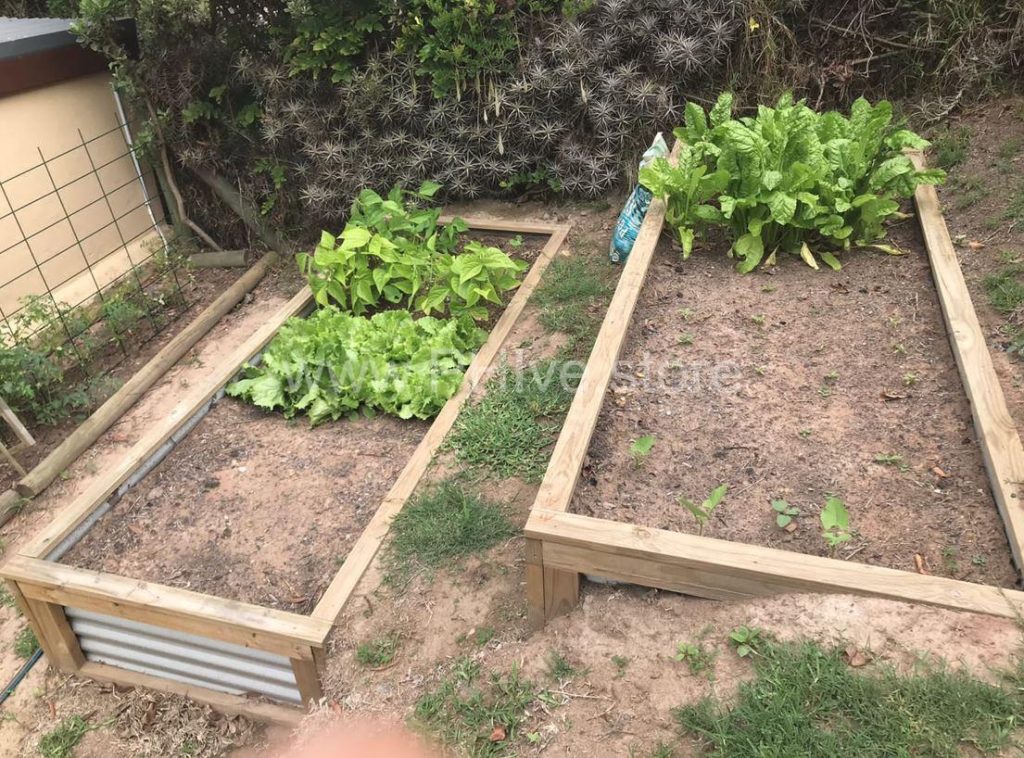Embracing the natural contours of your landscape, raised garden beds for slopes offer a practical and aesthetic solution to gardening on uneven ground.
Whether you’re dealing with a gentle slope or a steep incline, building raised beds allows you to create a functional and visually appealing garden space. Let’s explore the intricacies of constructing and designing raised garden beds for slopes.
Understanding the Challenge
Building garden beds on a slope presents unique challenges, including soil erosion, drainage issues, and uneven distribution of water and nutrients. However, with proper planning and construction techniques, these challenges can be overcome to create a flourishing garden oasis.

Building Raised Beds on a Slope
To build raised beds on a slope, start by leveling the ground as much as possible and creating terraced levels if necessary. Use materials such as timber, stone, or concrete blocks to construct the bed frames, ensuring they are securely anchored into the ground to prevent shifting.
Ensuring Proper Drainage
Proper drainage is crucial when building raised beds on a slope to prevent water runoff and soil erosion. Incorporate gravel or drainage pipes at the base of the beds and add a layer of coarse gravel or crushed stone before filling the beds with soil. This helps to promote efficient drainage and prevent waterlogging.
Choosing the Right Plants
Selecting plants that are well-suited to the conditions of a sloped garden is essential for success. Consider planting species with deep roots to help stabilize the soil and prevent erosion. Groundcover plants, such as creeping thyme or sedum, are excellent choices for sloped beds as they help to retain soil moisture and suppress weeds.

Designing for Visual Impact
Incorporate tiered or terraced raised beds to create visual interest and maximize planting space on a slope. Experiment with different heights and shapes to create a dynamic and harmonious garden layout. Consider adding retaining walls or decorative edging to enhance the aesthetic appeal of the beds.
Implementing Sustainable Practices
When building raised beds on a slope, consider implementing sustainable gardening practices such as mulching, composting, and water conservation techniques.
These practices help to improve soil health, conserve water, and reduce maintenance requirements, ensuring a healthy and resilient garden ecosystem.
Conclusion
Raised garden beds for slopes offer a versatile and practical solution for gardening on uneven terrain. By understanding the challenges and implementing proper construction techniques, you can create a beautiful and productive garden that thrives in harmony with the natural landscape.